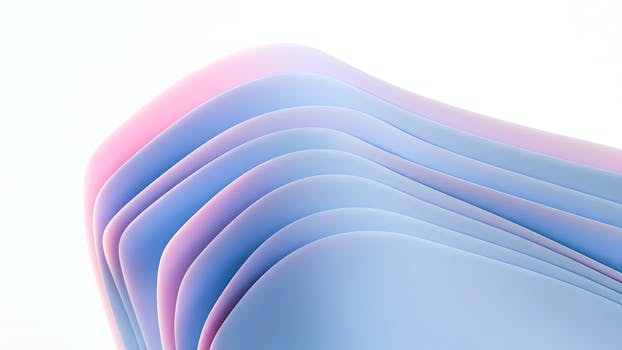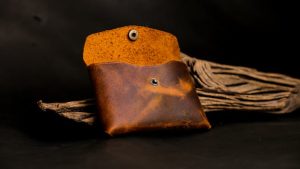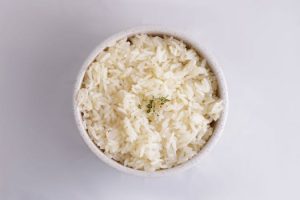The Art of Draping in Modern Design
The art of draping has been a prominent technique in fashion design for centuries, but in recent years it has made a triumphant comeback in modern design. Its fluidity and versatility make it a go-to method for creating a range of looks, from elegant and timeless to avant-garde and edgy. Draping, also known as soft tailoring, involves manipulating and shaping fabric on a dress form or model to create a desired silhouette. In this article, we will delve into the history of draping and explore how it has evolved into a dynamic and coveted art form in contemporary design.
The Origins of Draping
The techniques of draping have their roots in ancient civilizations such as Greece and Rome, where tunics and togas were created by simply draping and securing fabric around the body. The process of creating garments by draping was also used in traditional Japanese and Indian clothing. However, it was not until the late 19th and early 20th century that draping became recognized as a specific technique in the world of fashion design.
Designers such as Madeleine Vionnet and Madame Grès were pioneers in using draping as a method for creating elegant and flattering pieces that highlighted the natural curves of the body. Their designs were often made using silk jersey, a fabric with stretch and drape, making it ideal for the method. Draping also played a significant role in the iconic designs of Hollywood costume designer Edith Head, who draped fabric directly onto movie stars such as Grace Kelly and Audrey Hepburn.
The Evolution of Draping in Modern Design
In the 1960s, designers such as Yves Saint Laurent and Diane von Furstenberg took draping to new heights by incorporating asymmetrical draping and bold prints into their designs. This experimentation continued in the 1980s and 1990s, as designers like Issey Miyake and Claude Montana played with draping techniques to create avant-garde and sculptural looks.
Today, draping has become a staple technique in modern design, and is used by designers across all styles and genres. From luxury brands like Christian Dior and Valentino to fast fashion retailers such as Zara and H&M, draping is seen in a variety of forms and fabrics, from flowy and lightweight to structured and fitted.
The Art of Draping in Contemporary Design
Versatility and Movement
The appeal of draping lies in its versatility and ability to create movement in a garment. The fluidity of draping allows for garments to be draped and shaped to fit a variety of body types and sizes, making it an inclusive technique in design. It also adds dimension and texture to a piece, creating a sense of movement that captures the eye and adds an element of drama to a design.
Craftsmanship and Detail
The art of draping requires a high level of craftsmanship and attention to detail. Designers must have a deep understanding of fabric and how it drapes, as well as the ability to manipulate it to create a desired effect. This attention to detail can be seen in the intricate folds and seams of draped garments, making them truly unique and one-of-a-kind pieces.
Sustainability and Creativity
In an age where sustainability is becoming increasingly important in the fashion industry, draping has emerged as a sustainable technique. Draped garments often require less fabric than traditionally tailored ones, making them more resource-efficient. Additionally, draping encourages creativity and experimentation, as designers can create multiple looks from a single piece of fabric, reducing waste and promoting more sustainable practices.
Conclusion
The art of draping has come a long way from its ancient origins to becoming a coveted technique in modern design. Its versatility, movement, craftsmanship, and sustainability make it a favorite among designers and fashion enthusiasts alike. From creating effortless and elegant fluid silhouettes to bold and sculptural designs, draping continues to evolve and inspire new generations of designers. As we have seen, the possibilities with draping are endless, and it will undoubtedly remain an integral part of the fashion world for years to come.











